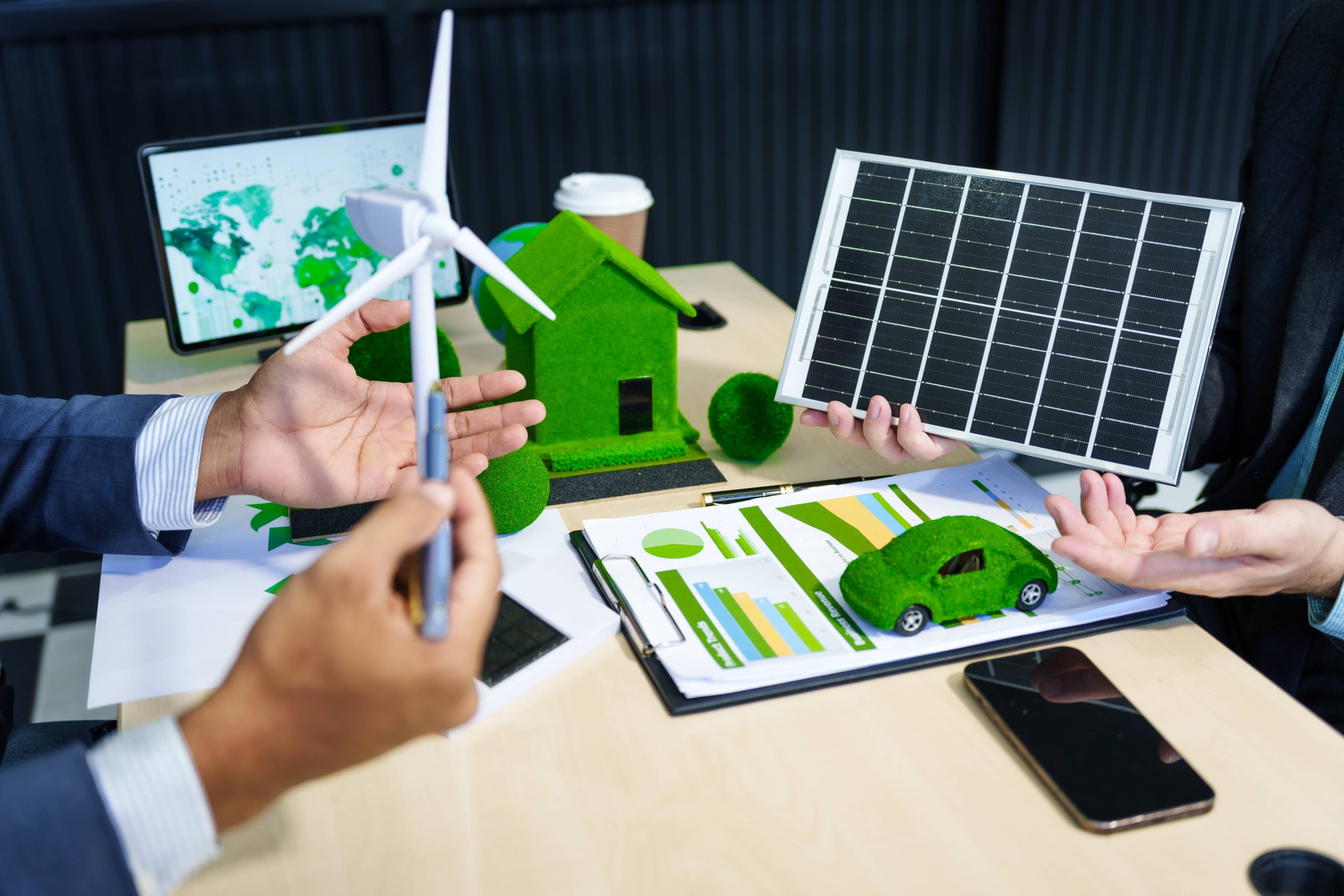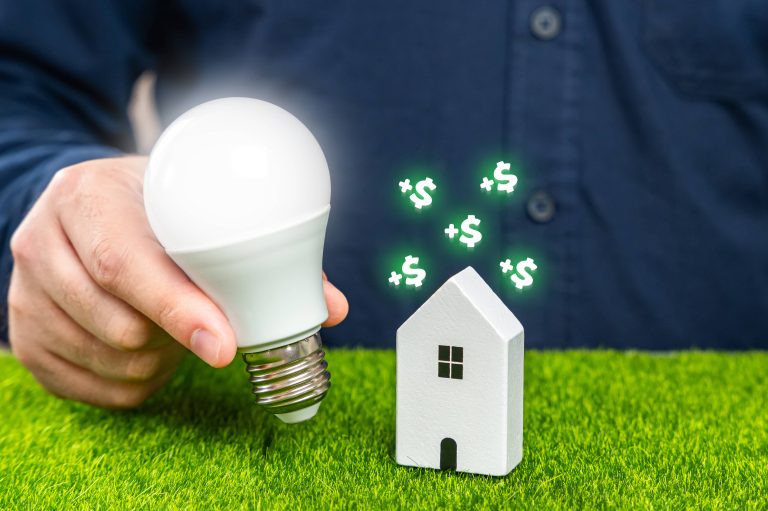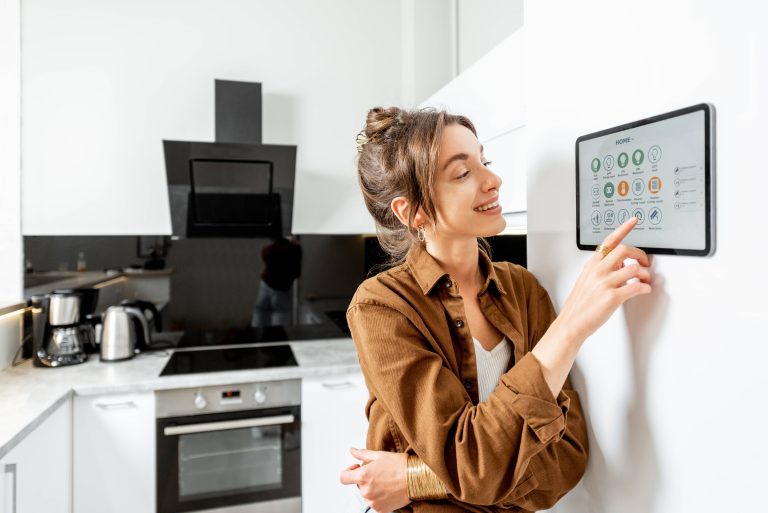
With the pressing concerns of climate change and the ever-increasing cost of energy, many individuals are taking steps towards a more sustainable lifestyle. One of the most effective avenues for improving sustainability in our daily lives is to focus on our homes. Automating your home is not only convenient but can also significantly reduce your carbon footprint, lower energy bills, and contribute to a more sustainable planet. In this guide, we’ll explore how you can automate your home to achieve a more eco-friendly living environment.
Understanding Home Automation and Sustainability
Home automation refers to the use of technology to control various household systems and appliances. This includes lighting, heating, cooling, security, and even garden irrigation – all from a centralized interface like a smartphone or a computer. By connecting these systems to smart devices and sensors, you can manage energy consumption more efficiently and make eco-friendly choices that align with your sustainability goals.
The Benefits of Home Automation for Sustainability
1. Reduced Energy Consumption: Automated systems can turn off lights, heating, and appliances when they are not in use, thereby reducing unnecessary energy consumption.
2. Optimized Appliance Use: Smart appliances can operate at times when energy demand is lower and cheaper, further contributing to energy savings.
3. Enhanced Monitoring: Real-time data on energy usage allows homeowners to identify wasteful patterns and take corrective actions.
4. Water Conservation: Smart irrigation systems ensure that your garden receives just the right amount of water, avoiding wastage.
5. Increased Property Value: Sustainability features can increase the resale value of your home as more buyers are looking for eco-friendly homes.
Steps to Automating Your Home
1. Smart Thermostats
One of the most impactful upgrades you can make is installing a smart thermostat. These devices learn your schedule and heating/cooling preferences to optimize the performance of your HVAC system. They can also adjust settings based on real-time weather forecasts, ensuring maximum efficiency.
2. Smart Lighting
Switching to LED bulbs already represents a significant energy saving, but automating your lighting system takes it a step further. Motion sensors and timers ensure that lights are only on when they are needed. Some systems can even adjust lighting based on the level of natural sunlight in the room.
3. Energy Monitoring Devices
Energy monitoring devices give you a detailed breakdown of where your electricity is being used. This data is invaluable for identifying energy hogs and making informed decisions about which appliances or systems to upgrade.
4. Smart Plugs and Power Strips
These devices can turn off power to appliances that are in standby mode, eliminating ‘phantom’ energy use. You can also control these devices remotely, ensuring that nothing is left on accidentally.
5. Automated Watering Systems
Smart irrigation controllers adjust watering schedules based on the weather forecast and soil moisture levels. This ensures that your plants get the right amount of water, reducing waste and promoting healthier plant growth.
6. Solar Integration
Home automation systems can be integrated with solar panel setups to optimize energy use. For instance, smart systems can schedule high-energy activities like laundry or dishwashing for times when solar energy production is at its peak.
7. Smart Appliances
Modern smart appliances offer a range of energy-saving modes and can be scheduled to run during off-peak hours. These appliances often come with monitoring capabilities to help you understand and manage their energy consumption.
Creating a Smart Eco-System
It is essential for the various smart devices in your home to work together seamlessly. Many smart home ecosystems such as Google Home, Amazon Alexa, and Apple HomeKit support interoperability between different brands and devices, allowing for comprehensive home automation that simplifies your daily routine and enhances overall efficiency.
1. Interconnectivity
By ensuring that your devices can communicate with each other, you unlock additional efficiency gains. For instance, your smart thermostat can communicate with your window sensors to turn off the HVAC system when a window is open.
2. Central Control System
A central control system, or hub, allows you to manage all your smart devices from one interface. This simplifies the process of setting schedules, adjusting settings, and monitoring your systems.
3. Automation Routines
Create routines that automatically adjust multiple devices based on specific conditions. For example, a “Good Night” routine can turn off lights, adjust the thermostat, and ensure that all doors are locked.
Making the Transition
1. Start Small
If you’re new to smart home technology, start with a few key devices that offer the most significant impact – such as a smart thermostat and smart lighting.
2. Educate Yourself
Take the time to understand the capabilities of your devices and how to use them effectively. Manufacturer websites, user manuals, and online forums are valuable resources.
3. Focus on Integration
When purchasing new smart devices, consider how well they will integrate with your existing system. Compatibility is key to building a cohesive and efficient smart home.
4. Monitor and Adjust
Continuously monitor your energy usage and make adjustments as needed. Over time, you’ll gain insights into how to further optimize your system for greater sustainability.
Conclusion
Automating your home is a powerful step towards a more sustainable future. By leveraging smart technology, you can significantly reduce your energy consumption, lower your utility bills, and minimize your environmental impact. Whether you’re just starting your journey or looking to enhance your existing setup, the key is to stay informed, make intentional choices, and continually seek out new ways to improve your home’s efficiency. Embrace the future of smart living and take an active role in building a greener, more sustainable world.







